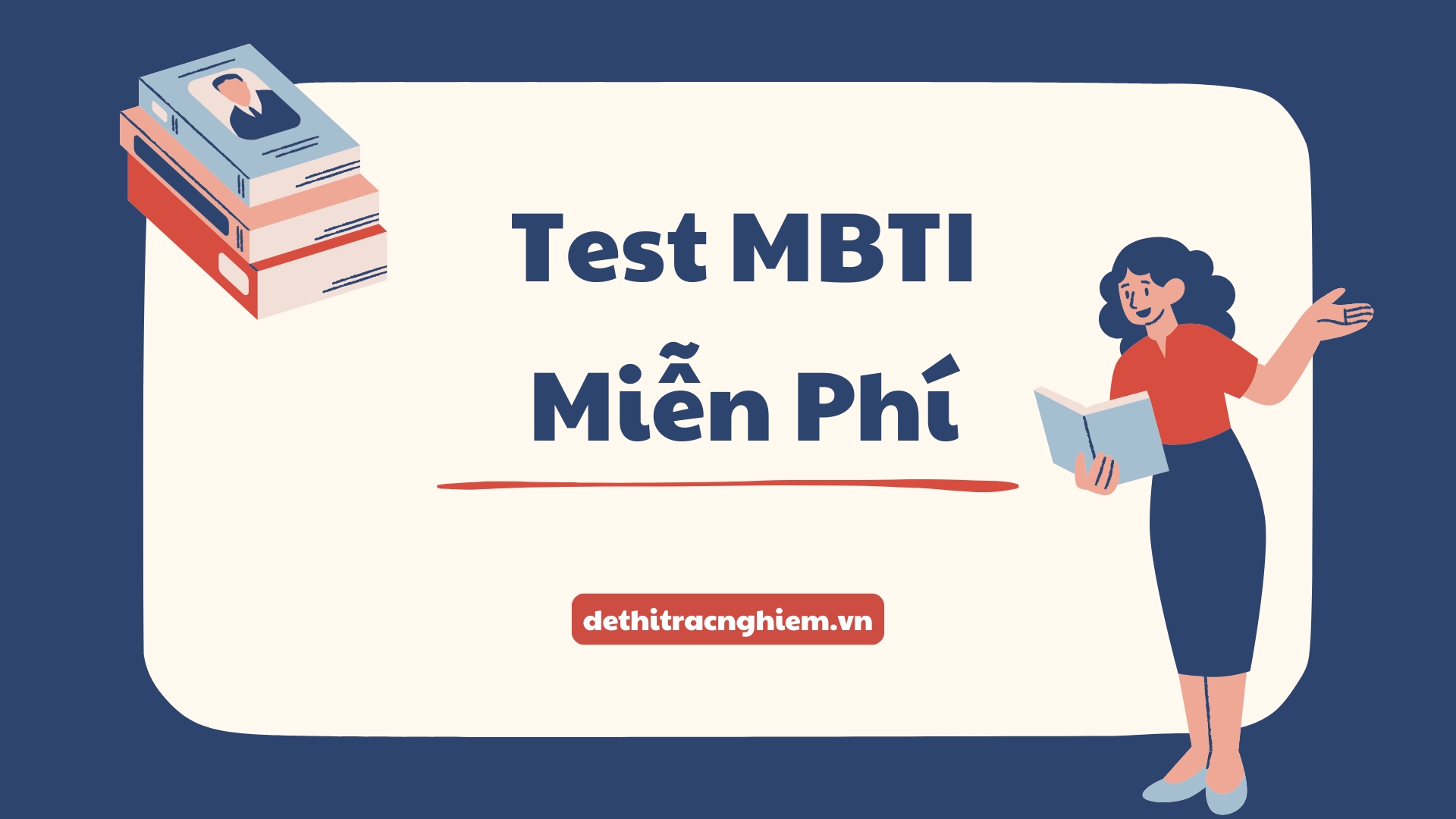Trắc Nghiệm Thị Trường Chứng Khoán Tiếng Anh là một đề ôn tập chuyên sâu được thiết kế đặc biệt cho học phần Securities Market (Thị trường Chứng khoán), một môn học chuyên ngành cốt lõi được giảng dạy hoàn toàn bằng tiếng Anh trong chương trình đào tạo ngành Tài chính và Kinh doanh tại Trường Đại học RMIT Việt Nam. Đề thi này do Dr. Michael Green, Giảng viên cấp cao Khoa Kinh doanh và Quản trị – RMIT, biên soạn và cập nhật theo giáo trình quốc tế năm 2024. Nội dung đề trắc nghiệm đại học tập trung vào các khái niệm, nguyên lý và thuật ngữ chuyên ngành tiếng Anh liên quan đến thị trường sơ cấp, thị trường thứ cấp, chứng khoán phái sinh, các chỉ số thị trường, và các quy định pháp lý quốc tế.
Với mục tiêu hỗ trợ sinh viên RMIT và các trường đại học khác có chương trình giảng dạy tương tự, đề Trắc nghiệm Thị trường Chứng Khoán này đã được tích hợp trên nền tảng dethitracnghiem.vn. Giao diện được thiết kế chuyên nghiệp và trực quan, nơi các câu hỏi được phân loại chi tiết theo từng chủ đề—từ những khái niệm cơ bản đến các tình huống phức tạp đòi hỏi sự hiểu biết về kiến thức Thị trường Chứng khoán bằng tiếng Anh—kèm theo đáp án và lời giải thích chuyên sâu. Người dùng có thể luyện tập không giới hạn số lần, dễ dàng lưu lại các câu hỏi khó và theo dõi tiến độ ôn luyện. Nhờ đó, việc củng cố vốn từ vựng và sự tự tin khi đối mặt với môn Thị trường Chứng khoán bằng tiếng Anh trở nên hiệu quả hơn.
Trắc Nghiệm Thị Trường Chứng Khoán Tiếng Anh
Question 1. What is the primary function of the primary market?
A. Providing liquidity for existing securities.
B. Facilitating the trading of derivative contracts.
C. Raising capital by issuing new securities.
D. Allowing investors to borrow against their securities.
Question 2. What does a common stock typically represent?
A. An ownership share in a company with voting rights.
B. A preferential claim on company assets and earnings.
C. A debt instrument with fixed interest payments.
D. A short-term loan made to the government.
Question 3. What is the term for the price at which a buyer is willing to purchase a security?
A. The ask price.
B. The last traded price.
C. The limit price.
D. The bid price.
Question 4. Which type of market refers to the trading of previously issued securities between investors?
A. Primary market.
B. Secondary market.
C. Derivatives market.
D. Money market.
Question 5. What is the main characteristic of a market order?
A. It is executed only at a specified price or better.
B. It is executed at the opening price of the trading day.
C. It is guaranteed to be filled at a particular time.
D. It is executed immediately at the best available price.
Question 6. Which of the following is considered a market index that tracks the performance of a broad range of companies?
A. A company’s price-to-earnings ratio.
B. A broad stock market benchmark index.
C. The yield to maturity of a corporate bond.
D. The total outstanding shares of a company.
Question 7. What does the price-to-earnings (P/E) ratio primarily indicate?
A. The market price paid for one unit of earnings.
B. The book value of a company on a per-share basis.
C. A company’s total revenue per outstanding share.
D. The dividend yield of a stock as a percentage.
Question 8. In the context of market efficiency, if a market is weak-form efficient, what type of information cannot be used to earn abnormal returns?
A. Fundamental financial data.
B. Private insider information.
C. Past price and volume data.
D. Recent macroeconomic news.
Question 9. What is the term for the risk that cannot be eliminated by diversifying a portfolio?
A. Idiosyncratic risk.
B. Specific risk.
C. Company-specific risk.
D. Systematic risk.
Question 10. If a company’s shares are trading at 50,000 VND and its earnings per share (EPS) are 5,000 VND, what is its P/E ratio?
A. 5.
B. 10.
C. 15.
D. 20.
Question 11. What is the key advantage of owning preferred stock over common stock?
A. Priority in dividend payments and liquidation claims.
B. Unlimited potential for capital appreciation.
C. Higher voting rights in corporate decisions.
D. Greater liquidity in the secondary market.
Question 12. A “bull market” in the stock market is characterized by which of the following?
A. A prolonged period of declining stock prices.
B. A period of high volatility and great uncertainty.
C. A market where investors prefer bonds over stocks.
D. A prolonged period of rising stock prices.
Question 13. Which financial institution typically acts as an intermediary during an initial public offering (IPO)?
A. A commercial bank.
B. A central bank.
C. An investment bank.
D. A mutual fund.
Question 14. What is the primary purpose of financial regulations in the stock market?
A. Protecting investors and ensuring fair, orderly markets.
B. To control stock prices in order to prevent crashes.
C. To guarantee that all investors make a profit.
D. To encourage excessive risk-taking by participants.
Question 15. Which of the following statements about bonds is true?
A. Bonds represent ownership shares in a company.
B. Bondholders have voting rights in corporate matters.
C. Bonds are debt instruments that pay regular interest.
D. Bonds offer higher potential returns than stocks.
Question 16. What is the primary characteristic of an efficient market?
A. Prices reflect only historical data.
B. Prices reflect all available information.
C. Abnormal returns are consistently possible.
D. Government intervention is very limited.
Question 17. A “bear market” in the stock market is generally characterized by which of the following?
A. A prolonged period of declining stock prices.
B. Investor confidence at an all-time high.
C. Strong economic growth and low unemployment.
D. High levels of initial public offerings (IPOs).
Question 18. What is meant by “dividend yield”?
A. The total amount of dividends paid by a company.
B. The percentage of earnings paid out as dividends.
C. The annual dividend per share as a percentage of its price.
D. The historical growth rate of a company’s dividends.
Question 19. If a stock is currently trading at 80,000 VND and you place a limit order to buy at 78,000 VND, what does that mean?
A. Your order will be executed immediately at 80,000 VND.
B. Your order will execute at 78,000 VND or a lower price.
C. Your order will be cancelled if the price stays above 78,000 VND.
D. Your order will execute only if the price falls to 78,000 VND.
Question 20. What is the main difference between fundamental analysis and technical analysis?
A. Fundamental is for macroeconomics; technical is for micro.
B. Technical uses financial statements; fundamental uses charts.
C. Fundamental analysis assesses value; technical analysis predicts price trends.
D. Fundamental is for short-term; technical is for long-term.
Question 21. Which of the following would likely increase the market supply of a company’s shares?
A. An announcement of a stock buyback program.
B. Increased investor confidence in the company.
C. A significant increase in the company’s earnings.
D. A secondary offering of shares by existing shareholders.
Question 22. What is the main objective of a company conducting a stock split?
A. To reduce the total number of outstanding shares.
B. To increase share count and reduce the price per share.
C. To increase the par value of each individual share.
D. To pay a dividend without using company cash.
Question 23. When a company announces a significant positive earnings surprise, how does the stock price typically react in an efficient market?
A. The price will remain unchanged due to prior pricing.
B. The price will slowly adjust over a period of weeks.
C. The price will adjust immediately to reflect the news.
D. The price will decrease due to investor uncertainty.
Question 24. A stock just paid a dividend of 1,000 VND. The dividend is expected to grow at 6% annually, and the required rate of return is 10%. What is the intrinsic value of this stock?
A. 25,000 VND.
B. 26,500 VND.
C. 27,500 VND.
D. 24,000 VND.
Question 25. What is “liquidity” in the context of the stock market?
A. The ease and speed of converting an asset into cash.
B. The overall financial health of a company.
C. The amount of cash a company currently holds.
D. The ability of a company to meet short-term debts.
Question 26. If a market is semi-strong form efficient, which of the following would NOT consistently lead to abnormal returns?
A. Private insider information.
B. Non-public company announcements.
C. Research analysis from unaccredited sources.
D. Publicly available information, such as news and reports.
Question 27. What is the “ex-dividend date” for a stock?
A. The date on which the company announces its dividend.
B. The first day a stock trades without its upcoming dividend.
C. The date on which the company actually pays the dividend.
D. The last day to register as a shareholder for dividends.
Question 28. Which statement best describes a “rights offering” for a company’s existing shareholders?
A. An offer for existing shareholders to buy new shares at a discount.
B. It is a public offering of new shares to any investor.
C. It is a form of dividend payment using additional shares.
D. A process where the company buys back its own shares.
Question 29. What is the main reason why companies choose to list their shares on a stock exchange?
A. To avoid paying corporate taxes on their profits.
B. To effectively prevent any hostile takeovers.
C. To limit the total number of individual shareholders.
D. To raise capital, enhance its image, and provide liquidity.
Question 30. Which of the following scenarios represents a short-selling transaction?
A. An investor buys shares, expecting their price to increase.
B. An investor sells shares they already own to realize a profit.
C. An investor borrows shares to sell, hoping to buy them back cheaper.
D. An investor sells their put option to another investor.




